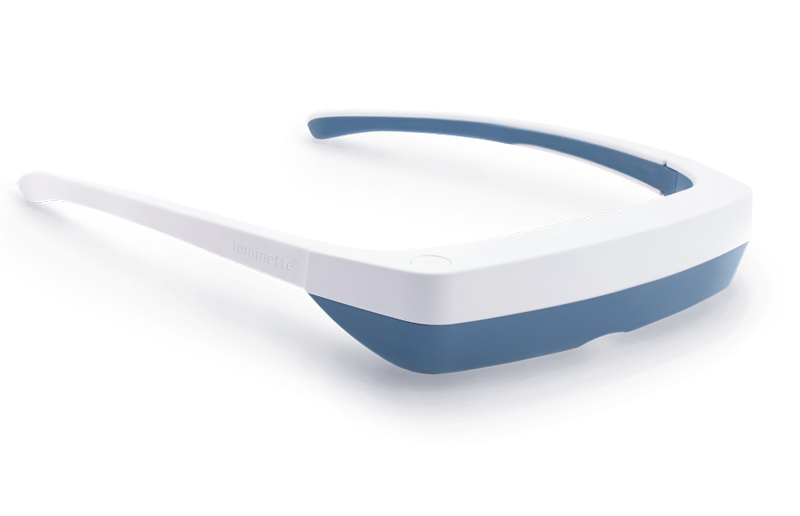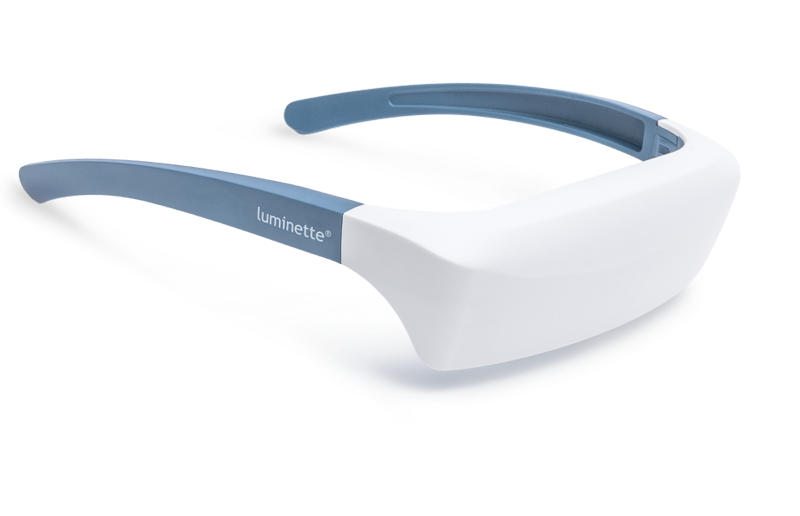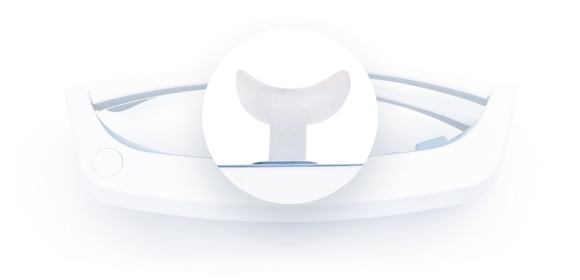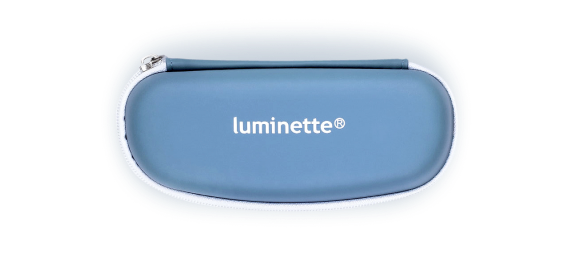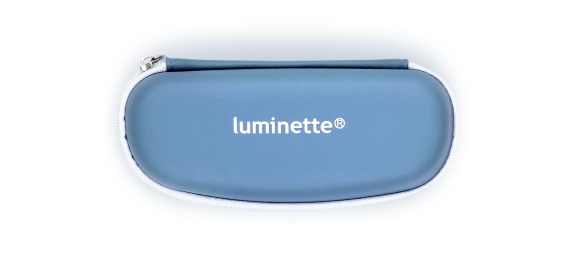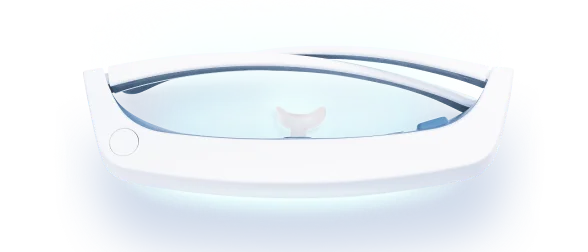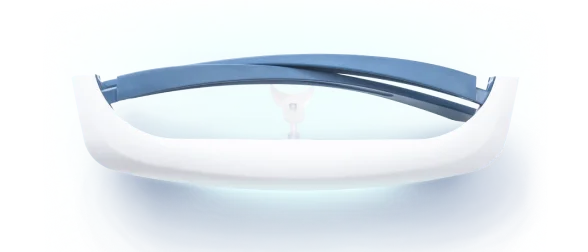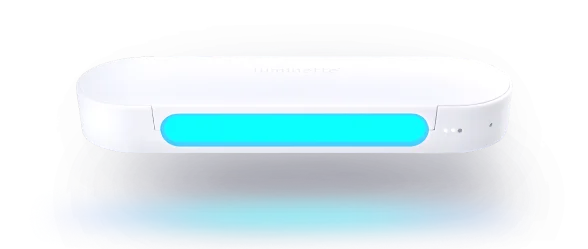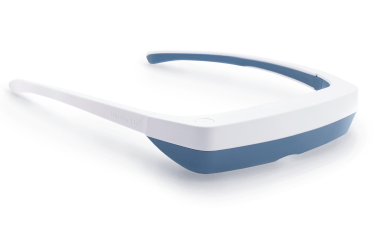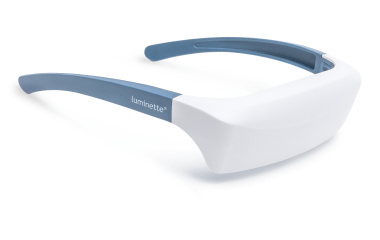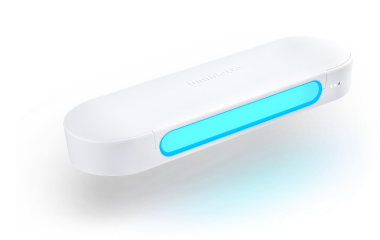Many women experience a loss of motivation throughout various stages of life. This may be attributed to many causes, but one important predisposing factor is hormonal changes.
Fluctuations in hormonal balance associated with the menstrual cycle, perimenopause, and menopause have a strongly negative impact on a woman’s emotional state, energy, and motivation.
There are solutions for women who have lost their motivation, especially during hormonal shifts. One of these is light therapy.
This article will provide you with information about hormonal fluctuations, how they affect motivation, and how light therapy can help women regain their enthusiasm.
Overview of hormonal fluctuations
Infants and young children have distinct sleep requirements due to their rapid growth and development. Newborns typically sleep for about 14 to 17 hours a day, gradually decreasing to 12 to 15 hours for infants aged 4 to 11 months. Toddlers aged 1 to 2 years usually need around 11 to 14 hours of sleep, including naps. Sleep plays a vital role in their brain development, memory consolidation, and immune system function. Establishing a consistent sleep routine and creating a conducive sleep environment with a calming bedtime routine can help promote healthy sleep patterns in infants and young children.
The menstrual cycle and motivation
Hormone levels are low during the follicular phase. Menstruation occurs during the first three to five days of the menstrual cycle, followed by the rise of oestrogen levels before ovulation. Some women experience numerous positive impacts during this phase, including increased motivation, energy, and confidence.
The progesterone peak happens in the middle of the cycle. This is when most women associate the menstrual cycle with uncomfortable side effects such as bloating, mental fatigue, loss of energy, and irritability.
Menopause and motivation
Women enter menopause at the end of their reproductive years. This is characterised by a significant drop in oestrogen levels, which can lead to physical and emotional changes, including low motivation and energy.
Declining oestrogen levels during menopause affect neurotransmitters like serotonin and dopamine, which are critical in regulating mood and motivation. As a result, many women experience feelings of apathy and reduced enthusiasm for tasks they once enjoyed.
Perimenopause and motivation
Perimenopause, the transition period leading up to menopause, can be marked by unpredictable hormonal fluctuations. These hormones regulate the thyroid gland, weight, sleep patterns, metabolism, and stress-related reactions in the body. Many women report experiencing changes in their drive and ambition during this phase, alongside other menopause symptoms like mood swings, anxiety, and fatigue.
As hormone levels in the endocrine system fluctuate irregularly, women may feel bursts of motivation followed by periods of low energy and lack of focus, making it harder to maintain consistency in their daily tasks.

What is the impact of hormonal shifts on motivation?
Physical changes
The physical symptoms of hormonal changes can include fatigue, weight gain, thyroid disorders, and joint pain, reducing a woman’s ability to stay motivated. Lower levels of oestrogen, particularly during menopause and perimenopause, are associated with reduced energy and increased muscle soreness, making it more difficult to engage in physical activities, which are essential for maintaining motivation.
Emotional changes
Hormonal shifts can significantly impact emotional well-being. During hormonal fluctuations, women often experience irritability, mood swings, and sadness. These emotional changes can lead to overwhelming feelings, making it difficult to accomplish goals or complete daily tasks. Declining serotonin levels, which are linked to reduced oestrogen, are particularly associated with emotional lows and a lack of drive.
Cognitive changes
Hormonal imbalance can also affect cognitive function, resulting in what is commonly referred to as “brain fog.” Women may experience difficulty concentrating, forgetfulness, and mental fatigue. This makes it hard to stay motivated and focused. This decline in cognitive sharpness is often linked to fluctuating oestrogen levels, which play a role in brain function.
The role of light therapy in boosting motivation
light therapyOur bodies constantly react to our regular patterns of emotion and behaviour, which enable us to perform at our best throughout the day, including while we sleep. Hormones and other chemical messengers are used by these patterns to control our sleep and wake cycles and a host of other everyday functions, like appetite, metabolism, and mental clarity.
Our internal body clock turns these functions on and off. However, when exposed to erratic light patterns or weak light signals—such as from inconsistent sleep schedules or spending time in dimly lit environments—these patterns can be disrupted.
The suprachiasmatic nuclei (SCN) detect these irregularities, leading to imbalances in energy and motivation. Exposure to bright light can restore these patterns by giving the SCN clear signals, which help regulate energy and mood. This is why light therapy is effective in boosting motivation, particularly in situations where natural light is lacking.
How does light therapy work?
Light therapy makes up for the lack of sunshine exposure that may exacerbate severe feelings of deep sadness.
A study on light therapy outlines a few potential benefits for treating feelings of deep sadness symptoms. These benefits include:
Regulates your biological clock by coordinating your brain's 24-hour cycle
Balances the activation of your brain's serotonin circuitry, which is important for mood regulation
Helps you achieve regular and stable sleep patterns
Heightens attentiveness
During a session, you sit close to a lamp or light box that generates bright light. Most boxes, glasses, and lamps replicate natural sunlight.
A light therapy box's typical output is between 2,500 and 10,000 lux.
The wavelength of the light, how long it is used for, and your unique sleep-wake cycle patterns will all affect how well light therapy works for you.
What are the benefits of light therapy for hormonal fluctuations?
Mood improvement
Hormonal fluctuations, especially during periods like perimenopause and menopause, can drastically affect mood. Decreasing oestrogen levels often leads to reduced serotonin production, which is the brain's natural mood regulator.
Low serotonin levels are a major contributing factor in the development of mood disorders, including winter blues. Serotonin affects most of the 40 million cells in our brains, including those that control our moods.
Elevated serotonin levels help us better control our moods and our mental health. Light therapy is by far the most prevalent treatment. Light therapy can provide a daily, non-invasive way to maintain emotional stability and improve overall mental well-being.
A study examined the usefulness of bright light therapy (BLT) for teenage outpatients. Researchers discovered that BLT was practical and useful in enhancing this population's mood and quality of sleep.
The participants reported high treatment adherence rates and a notable improvement in feelings of deep sadness. Furthermore, sleep start latency and sleep efficiency improved.
These results imply that BLT may be a useful therapeutic approach in primary care settings for adolescents experiencing feelings of deep sadness. Further comprehensive research is required to validate these findings.
In another placebo-controlled crossover study of bright light therapy for feelings of deep sadness in older adults living in institutions, researchers discovered that after receiving 10,000 lux for one week, 50% of patients no longer fell into the feelings of deep sadness; however, after receiving 300 lux as a placebo or receiving no treatment, their feelings of deep sadness scores remained unchanged.
Patients who had been institutionalised for a longer period and had greater feelings of deep sadness scores fared better after receiving the 10,000 lux treatment.
Increased energy levels
One of the most noticeable symptoms of hormonal changes is fatigue or a general lack of energy. This occurs because hormone imbalances, particularly in oestrogen and cortisol, affect the body’s natural energy regulation processes.
Light therapy combats this by influencing melatonin, a hormone responsible for sleep. It encourages wakefulness and alertness by reducing melatonin production during the day.
This increases energy levels, helping individuals overcome that sluggish feeling often accompanying hormonal shifts. If you're struggling with a loss of motivation for work or gym workouts, light therapy can help restore your energy and drive, allowing you to stay active and productive throughout the day.
Improved sleep quality
Low melatonin levels have been linked to many different types of sleep problems. Our bodies create more melatonin when we sit in front of a lamp in the morning because we simulate the sun's rising.
Since light profoundly affects the human sleep-wake cycle, it is necessary to acquire enough sleep. Research on treating sleep-wake cycle disorder with lightboxes shows that light therapy effectively regulates sleep. The study discovered that synchronising one's sleep-wake cycle with the intended sleep schedule can be facilitated by applying bright light treatment for sleep problems at the optimal time of day.
A 2022 study shows women receiving cancer treatment can avoid sleep disturbances by using light therapy. In contrast to a group under dim red light, the white light group encountered:
Extended nocturnal sleep
Had fewer and shorter naps during the day and experienced fewer nighttime sleep disruptions
Another 2024 study examined how well light therapy improved the sleep-wake cycle and quality of sleep of people with Parkinson's disease (PD). The researchers evaluated two forms of light therapy: one that mimicked daylight and the other that selectively targeted melanopsin cells.
Both treatments enhanced the quality of deep sleep, but they had no discernible effects on the time of melatonin secretion.
If you find it difficult to fall asleep or don't sleep through the night, try harnessing the benefits of happy lights during the day to improve your sleep at night.
You may also like: How to Use Happy Light Therapy: Improve Mood & Boost Energy
Types of light therapy devices
Light therapy glasses
Light therapy glasses, such as those offered by Luminette, provide a portable and convenient way to perform light therapy while carrying out our daily tasks.
Luminette 3 light therapy glasses are innovative eyeglasses designed to allow you to enjoy a light therapy session while engaging in your regular activities. Unlike traditional therapy lamps, Luminette 3 eyeglasses feature an artificial light source that directs a safe light beam into your eyes without causing any dazzling effect or obstructing your clear vision.
To use them, simply wear the eyeglasses and press a button to activate the light, and your phototherapy session begins. These glasses are user-friendly and compatible with those who wear prescription glasses or contact lenses, ensuring no disruption to vision or comfort.
With the convenience of Luminette 3, there is no longer a need to sit beside a stationary light therapy lamp for 30 minutes each day. The freedom to move around means you can prepare breakfast, dive into a captivating book, catch up on your favorite TV shows, work on your computer tasks, or even engage in light exercises, all while receiving your therapeutic light exposure. Whether you're at home or on the go, Luminette 3 offers a flexible and efficient solution to incorporate light therapy into your daily life.
Unlike traditional light boxes, light therapy glasses allow you to remain active during treatment. You can wear them while working, reading, or even exercising, making them ideal for women who want to incorporate light therapy into their busy routines without sitting still.
We also have the portable Light Therapy Lamp Drive, which you can use in the car while driving to improve alertness and mood.
Light Therapy Lamp Drive is an innovative light therapy lamp designed for busy individuals, allowing you to conveniently conduct your phototherapy session while on the road. This device is ingeniously crafted to attach seamlessly to the sun visor of your vehicle. With a simple flip of a switch, it provides an effective light therapy session as you drive to your destination.
For those who find themselves spending at least 20 minutes behind the wheel each day, Drive is a perfect companion, offering a unique solution to integrate wellness into your daily routine. This is especially advantageous for individuals who embark on long night drives, as it helps to counteract the effects of darkness and fatigue.
Drive emits a safe, bright light into your eyes, meticulously designed to enhance your alertness without interfering with your driving. By doing so, it delivers the full spectrum of light therapy benefits, which include regulating the production of melatonin, the sleep-inducing hormone, thereby promoting a state of wakefulness and heightened alertness. This makes it not only a functional tool but also a valuable ally in maintaining your overall well-being and mental sharpness during your travels.
Lightboxes
Lightboxes are one of the most widely recognised forms of light therapy. These stationary devices emit bright light, usually around 10,000 lux, designed to mimic daylight.
Users are typically required to sit in front of the box for a specific period each day, usually in the morning. Lightboxes are effective for those who prefer a more traditional approach but may be less convenient for women who need to multitask or struggle to sit in one place.
Dawn simulators
Dawn simulators are another option in light therapy, particularly useful for regulating sleep cycles. These devices gradually increase the light in your bedroom, simulating a natural sunrise and helping you wake up more naturally.
They are especially beneficial for those who struggle with motivation due to disrupted sleep patterns, as gradual light exposure can help regulate melatonin production and improve wakefulness.
Optimal exposure time
The optimal exposure time is crucial for achieving the best results when using light therapy devices. Depending on the intensity of the light and the individual needs of the user, light therapy sessions typically last 20 to 30 minutes each day.
For example, the Luminette Light Therapy Glasses can be used for 20-30 minutes in the morning, when your body is most responsive to bright light. This timing aids in controlling the synthesis of hormones that control mood and sleep.
When using a light box, the user should sit 16 to 24 inches away from the light source and expose themselves for about 30 minutes daily. It's important to follow the manufacturer’s guidelines on the distance and duration of exposure to avoid any side effects, such as eye strain or headaches.
If your body responds to the therapy differently, you may need to make small adjustments. If you experience side effects, you may need to reduce the exposure time and slowly build it up. Your healthcare provider will always determine the best exposure time for your condition, so always seek advice before beginning light therapy.
Considerations for effective use
Time of day
Timing is everything if you want to see good results from light therapy. For most people, it is generally best to use light therapy in the morning. Light therapy increases serotonin production early in the day, elevating mood and energy levels while inhibiting melatonin, the sleep hormone.
Consistency
The secret to reaping long-term benefits is consistency. For optimal light therapy results, use the device simultaneously every day. Missing sessions or using the therapy sporadically could cause the intended increases in motivation, energy, and mood to take longer to manifest.
Avoid overexposure
While light therapy is generally safe, overexposure can lead to side effects like headaches, eye strain, or irritability. To prevent this, adhere to the manufacturer's recommended length and intensity of sessions. We recommend using our Luminette glasses once a day.
Takeaway: Reclaim your motivation with light therapy
Hormonal shifts can leave women feeling drained, demotivated, and emotionally unstable, but light therapy offers a scientifically-backed solution to help you regain control. With regular light therapy, you can boost your mood, increase energy levels, and fight hormonal fluctuations.
Luminette light therapy glasses offer a revolutionary solution. Backed by four years of research at the University of Liège, Luminette was designed to tackle issues like seasonal feelings of deep sadness, sleep disorders, jet lag, lack of motivation, and shift work fatigue. Unlike traditional light therapy devices, Luminette allows you to receive effective treatment while completing your daily tasks.
Ready to boost your mood, energy, and sleep? Get the Luminette Light Therapy Glasses and see how they can transform your life.
FAQ
What is light therapy, and how does it work?
Light therapy uses artificial light at particular wavelengths to treat various conditions, including winter blues. A light therapy device mimics outdoor light.
The theory behind this type of light is that it causes a chemical change in the brain that elevates mood and reduces the symptoms of winter blues, such as excessive sleep and persistent exhaustion. The light box should provide 10,000 lux of light exposure overall.
Can light therapy help with hormonal-related mood disorders?
Light therapy can help elevate mood and reduce hormonal imbalance symptoms, such as those encountered during the menstrual cycle, perimenopause, and menopause. The therapy is especially helpful in treating feelings of deep sadness, irritability, and low energy, which are frequently related to hormone-related mood disorders.
Is light therapy safe for women of all ages?
All women, from older women, going through menopause to those experiencing mood swings related to their menstruation, can safely use light therapy. But before starting light therapy, get medical advice, especially if you take medications that make you more sensitive to light or have a history of eye disorders. It is a low-risk and successful treatment for different age groups because the majority of users report little to no side effects.
How long does it take to see results from light therapy?
Most people notice improvements in their motivation, mood, and energy levels after consistently using light therapy for one to two weeks. Adhering to the recommended duration and intensity is crucial for optimal outcomes.
Can light therapy be combined with other treatments for hormonal imbalances?
Yes, light therapy can be safely combined with other treatments for hormonal imbalances, such as hormone therapy, thyroid hormone replacement drugs, or lifestyle changes like exercise and a healthy diet. Using a multifaceted approach can often enhance the overall effectiveness of treatment by targeting different aspects of hormonal health.
Are there any side effects associated with light therapy?
While light therapy is generally safe, some users may experience mild side effects such as headaches, eye strain, irritability, or sleep problems if used late in the day. These side effects are usually short-lived and are sometimes manageable by modifying the sessions' distance, intensity, or timing. If you suffer from extreme discomfort, it is best to speak with a healthcare professional and reevaluate your use.
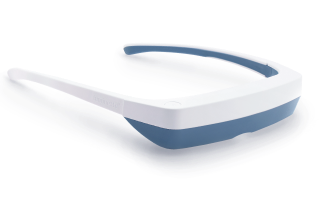
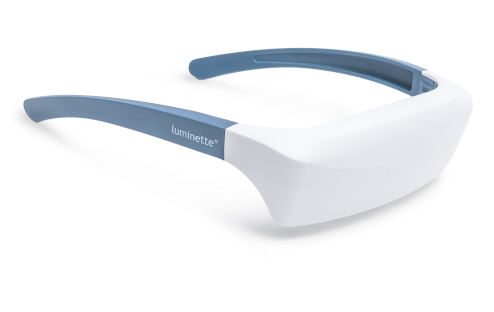
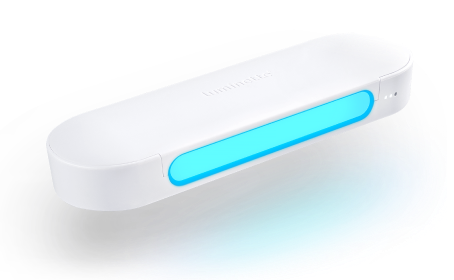
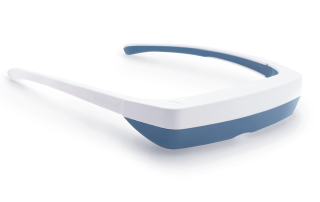
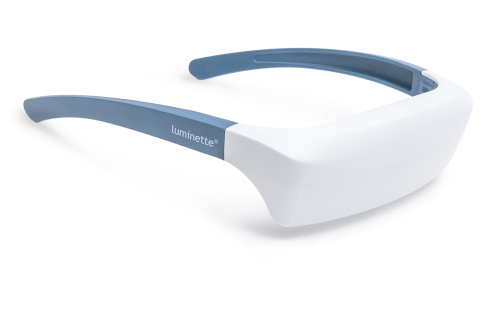
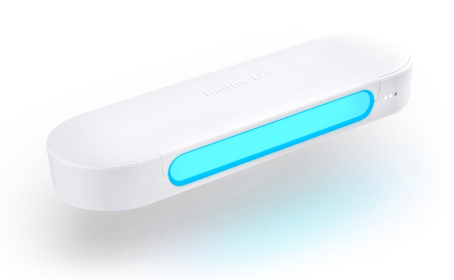
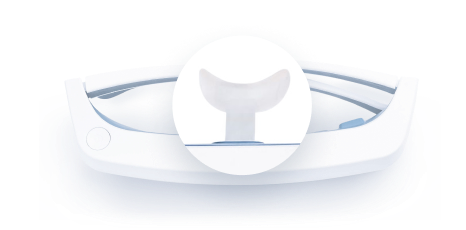
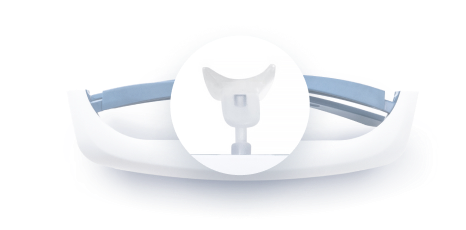
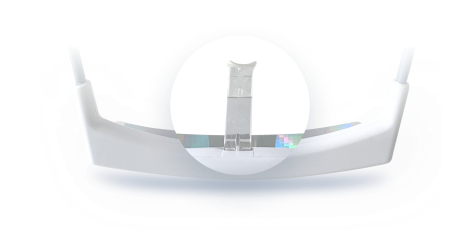
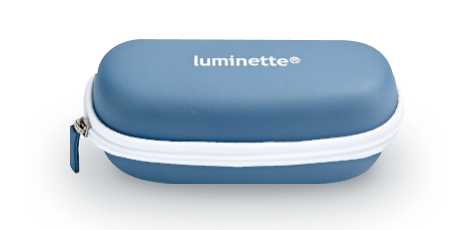
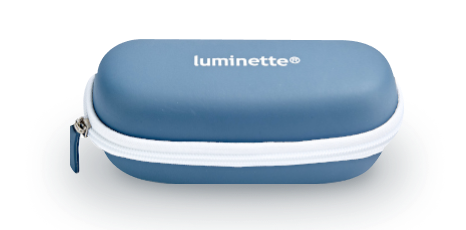
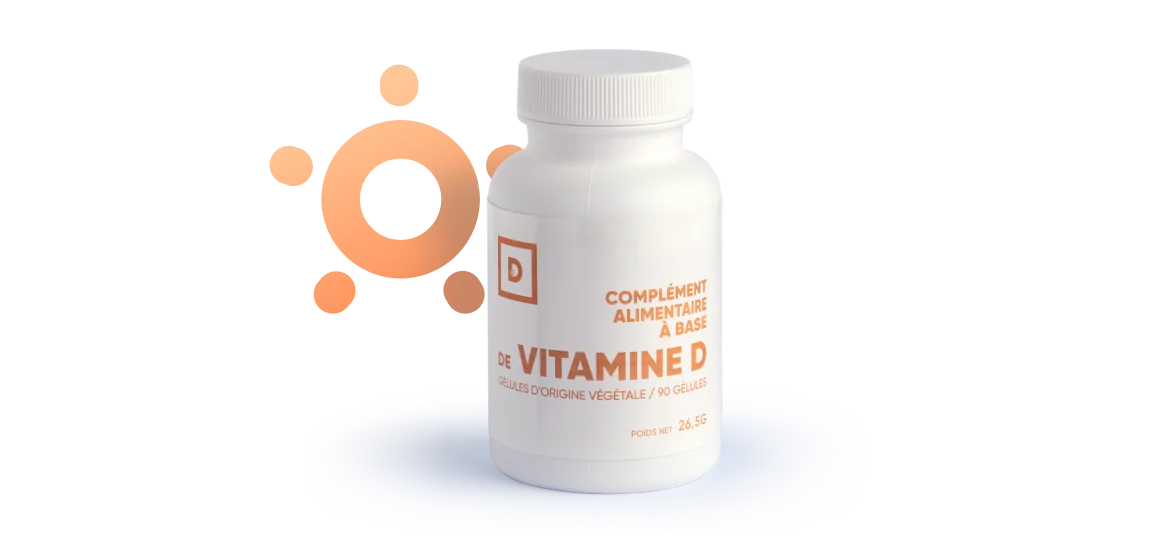



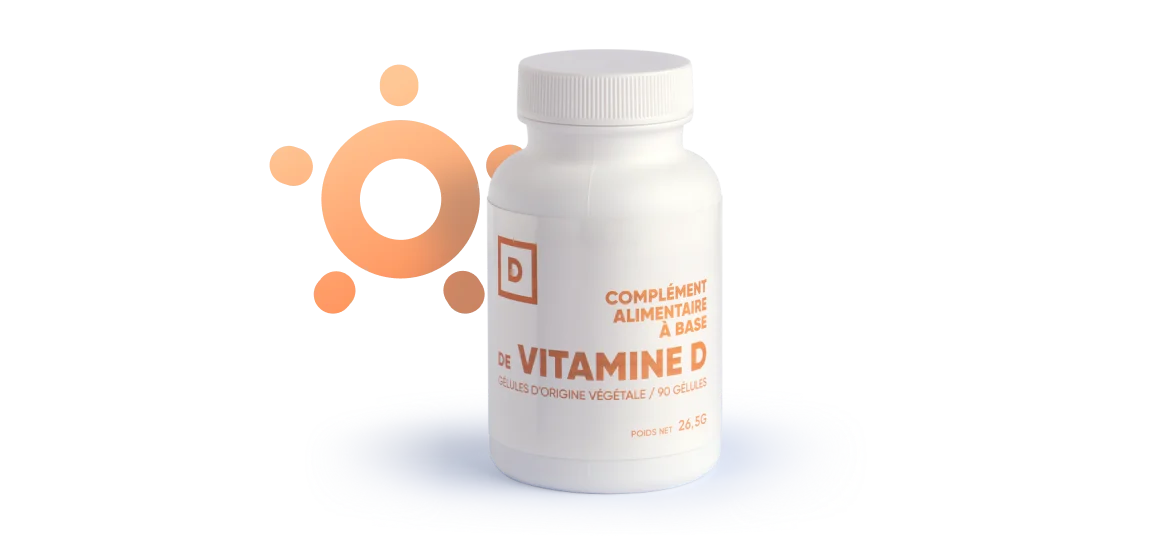
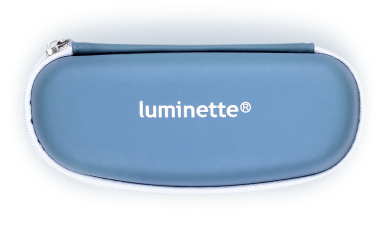
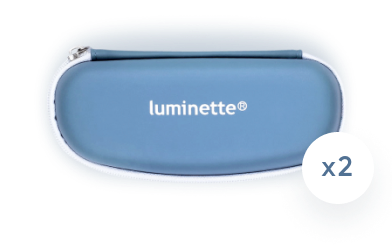
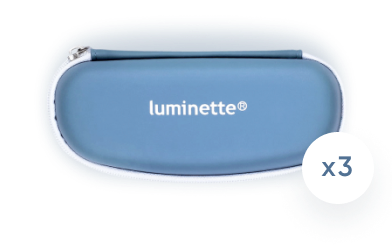
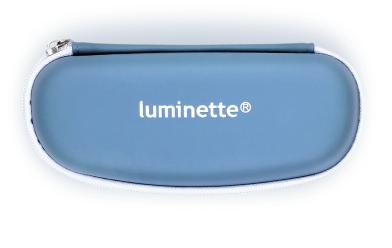
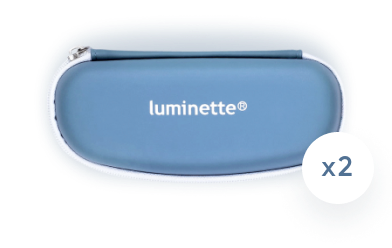
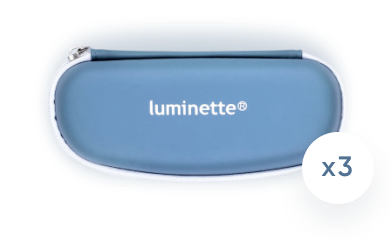
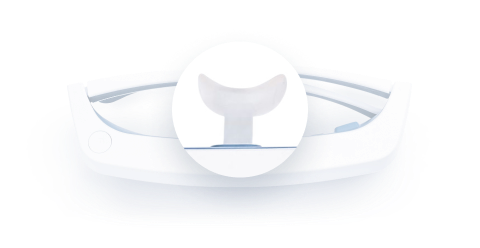
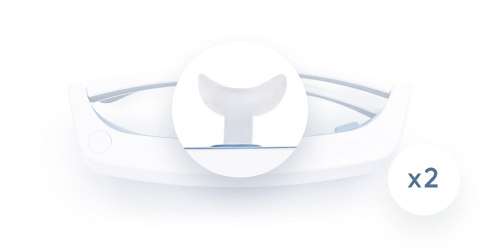
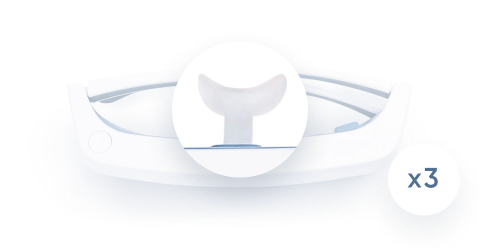
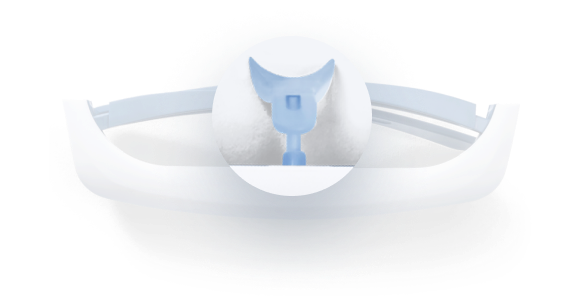
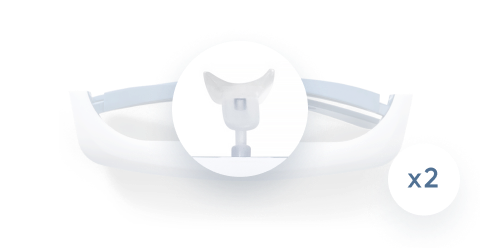
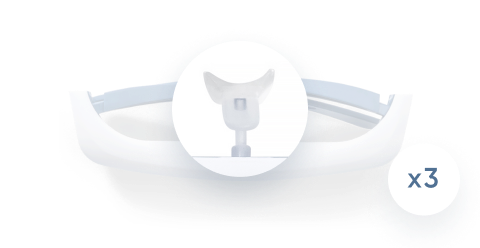
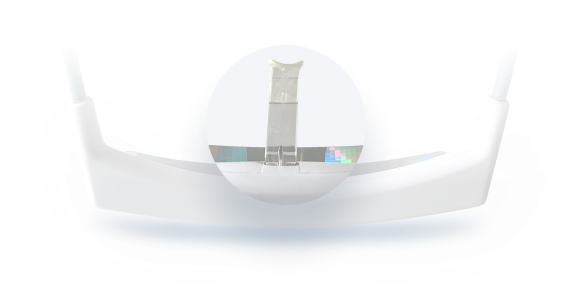
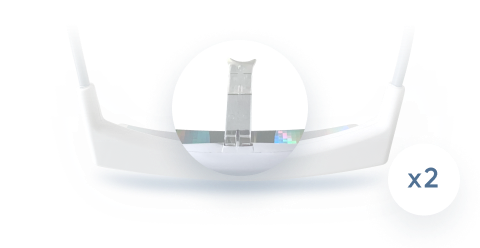
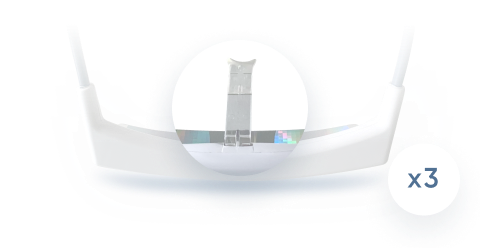
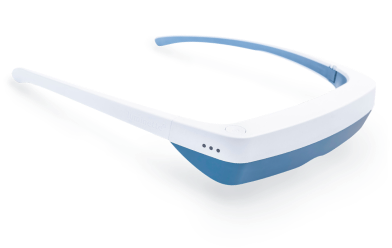
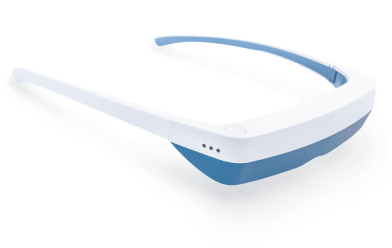
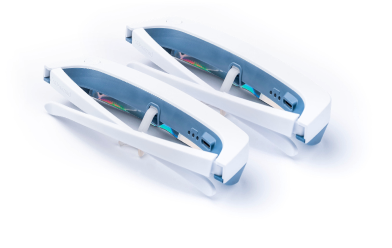
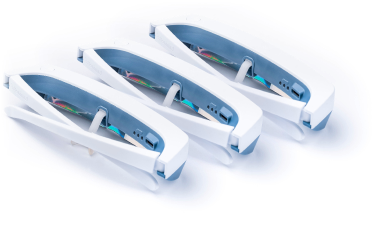
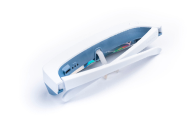
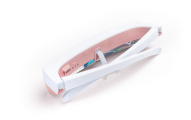
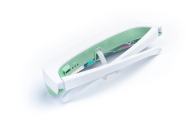
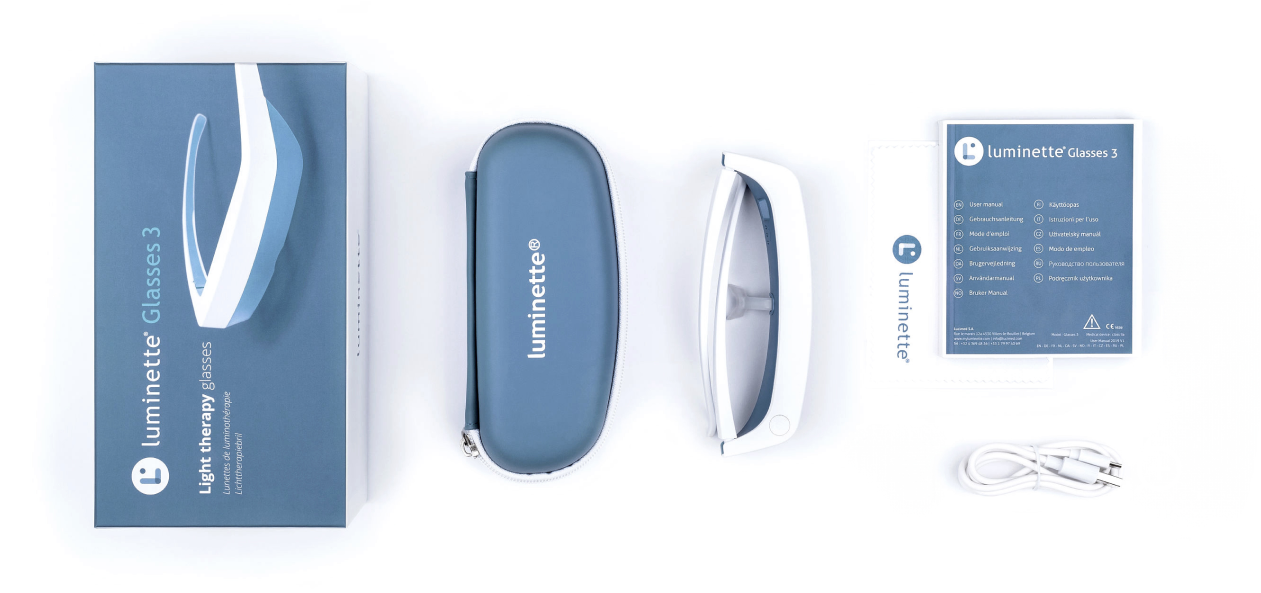
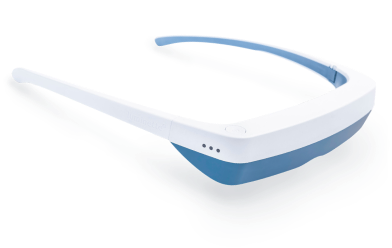


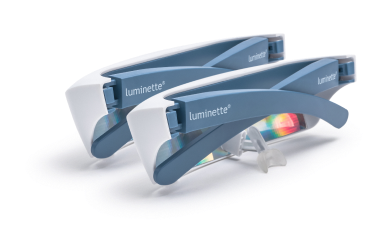
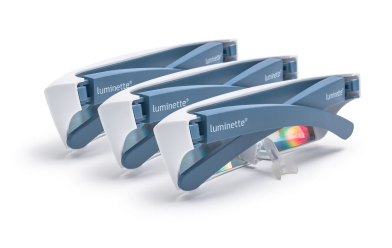
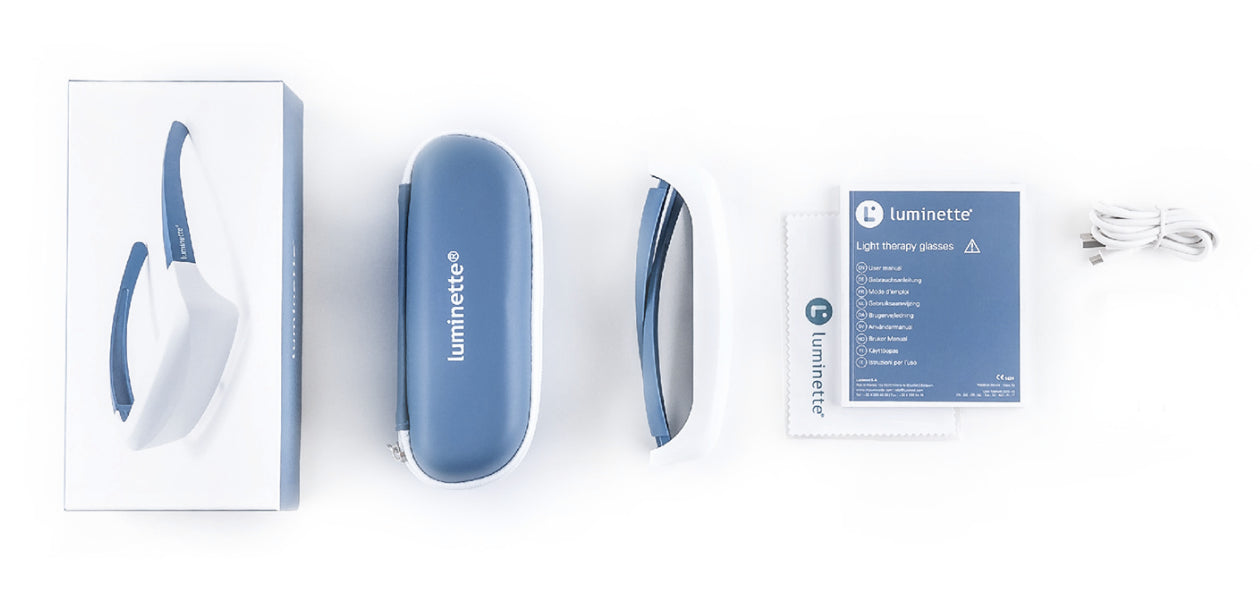
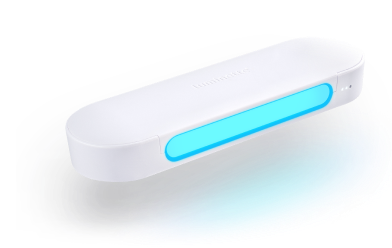
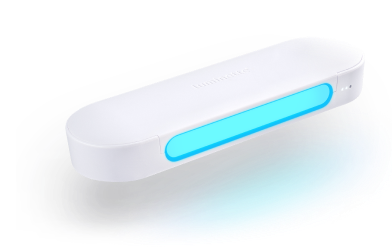
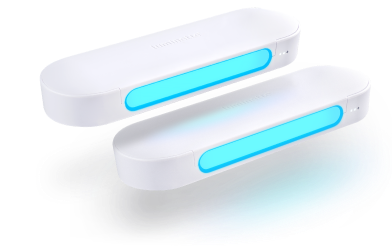
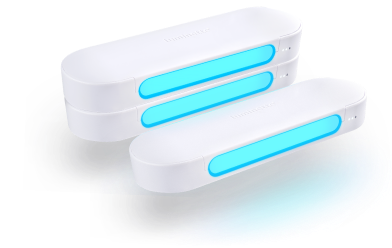
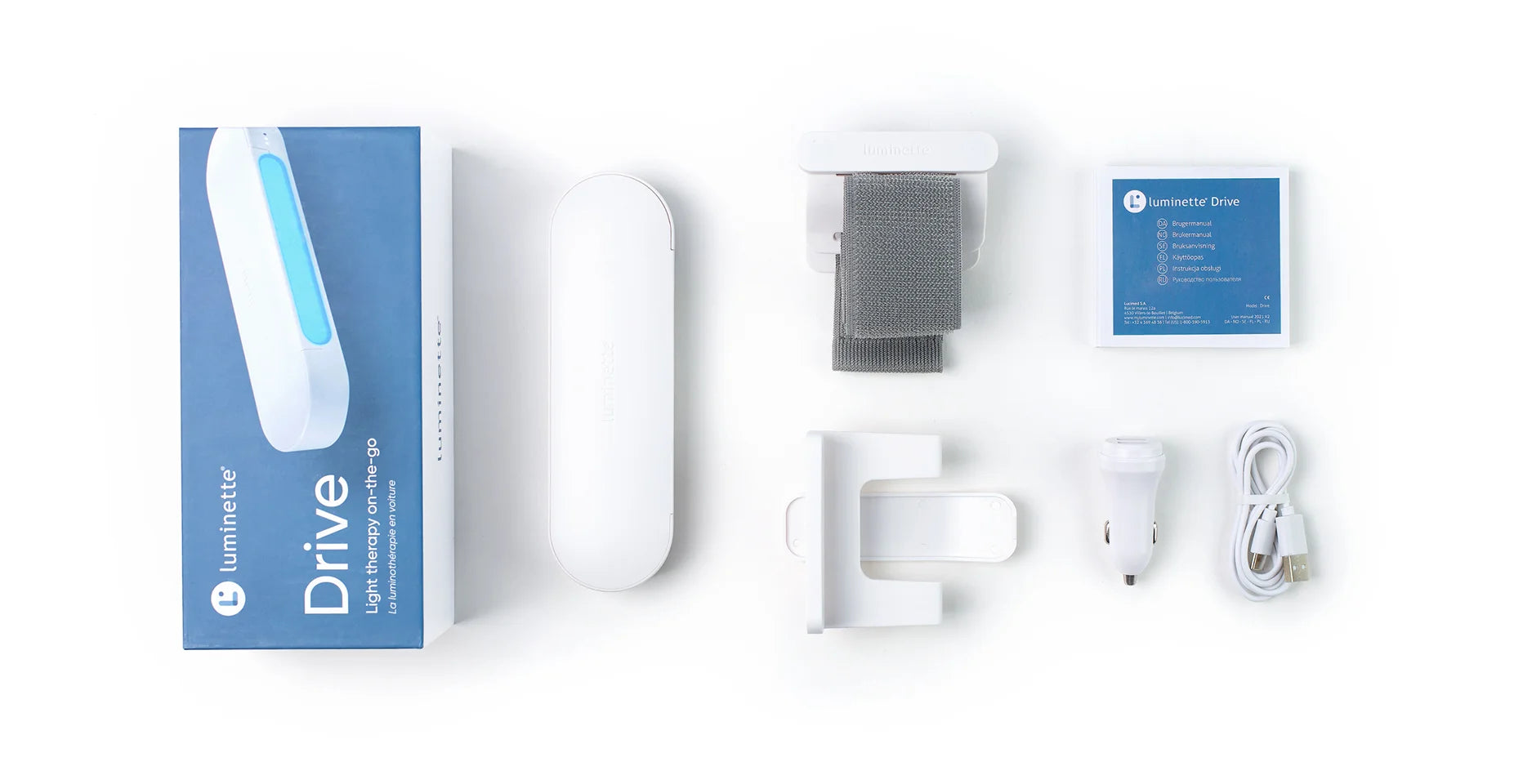

 Please note
Please note



